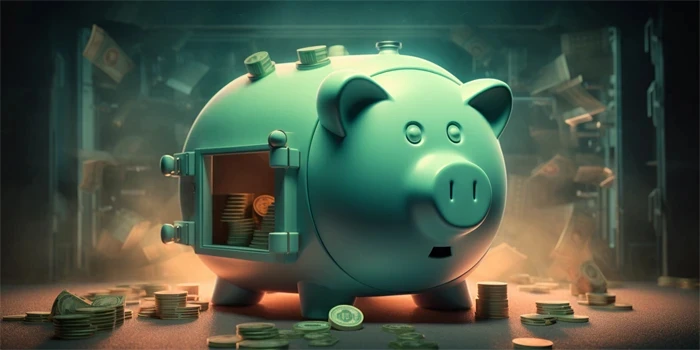Artificial Intelligence (AI) has come a long way in recent years, revolutionizing various industries and sectors. One area where AI has made significant strides is in the field of art. With its ability to analyze vast amounts of data and learn from it, AI has started producing art that blurs the line between fantasy and reality. In this article, we will explore the fascinating world of AI-generated art and its implications.

The Rise of AI in Art Creation
AI-generated art refers to artwork that is created entirely or partially by artificial intelligence algorithms. This technology allows machines to analyze vast collections of images, understand artistic styles, and generate new pieces based on these learnings. The rise of AI in art creation has led to several exciting developments:
1. Generative Adversarial Networks (GANs): GANs are a class of AI algorithms that consist of two neural networks, a generator, and a discriminator. The generator creates new images, while the discriminator determines whether the image is real or AI-generated. GANs have been used to create stunning and realistic artworks.
2. Style Transfer: Style transfer algorithms enable AI systems to apply the artistic style of one image to another. For example, an AI algorithm can transfer the style of Vincent van Gogh’s “Starry Night” to a photograph, creating a unique and artistic composition.
3. DeepDream: DeepDream is a computer vision program developed by Google that uses neural networks to find and enhance patterns in images. It can create surreal and dreamlike images by amplifying certain features of the input image. With DeepDream, AI can push the boundaries of traditional art composition.
The Impact of AI-Generated Art
The emergence of AI-generated art has had a profound impact on the art world and beyond. Here are a few aspects to consider:
1. Democratization of Art: AI-generated art has opened doors for aspiring artists, allowing them to experiment with new styles and techniques. The accessibility of AI tools and platforms empowers individuals who may not have traditional artistic skills to express their creativity.
2. Preservation and Conservation: AI can analyze and restore damaged or incomplete artworks, bringing them back to their original glory. It enables art experts to digitally reconstruct lost masterpieces or create virtual exhibitions of historical works.
3. Ethical and Legal Considerations: The rise of AI-generated art poses ethical questions regarding authorship and intellectual property. Who owns the rights to AI-generated artworks? Can machines be considered artists? These questions challenge copyright laws and artistic traditions.
4. Collaborative Artwork: Artists and AI systems can collaborate to create unique and innovative pieces. This collaboration can push the boundaries of human creativity by combining the artistic skills of humans with the analytical capabilities of AI.
Frequently Asked Questions (FAQ)
Q1. Can AI-generated artworks be considered “real” art?
Answer: The definition of art is subjective. While AI-generated art may lack human intentionality, it can still possess aesthetic and emotional qualities that resonate with viewers. The artistic value of AI-generated art is a topic of ongoing debate.
Q2. How do AI algorithms learn artistic styles?
Answer: AI algorithms learn artistic styles by analyzing vast collections of artwork. They detect patterns and features that are characteristic of a particular style, allowing them to generate new pieces that mimic the chosen style.
Q3. Can AI replace human artists?
Answer: AI can simulate and mimic human creativity, but it cannot replicate the unique experiences and emotions that humans bring to art creation. AI serves as a tool for artists, enhancing their capabilities and offering new possibilities, rather than replacing them.
Real-Life Examples of AI-Generated Art
1. “Portrait of Edmond de Belamy” by Obvious: This AI-generated artwork fetched $432,500 at an auction in 2018, highlighting the increasing recognition and value of AI-generated art.
2. “The Next Rembrandt” by ING and Microsoft: This project used AI to analyze Rembrandt’s works and create a new painting in his style. The result was a stunning portrait that captured the essence of Rembrandt’s art.
3. Google’s DeepDream Gallery: Google created an online gallery featuring AI-generated images using the DeepDream algorithm. This gallery showcases the surreal and dreamlike artworks that AI can produce.
In conclusion, the world of AI-generated art is a realm where machines and human creativity merge. AI has the potential to push the boundaries of artistic expression and challenge our perception of art. While it may raise ethical considerations and redefine traditional artistic practices, the emergence of AI-generated art opens up new possibilities for creativity and collaboration.


